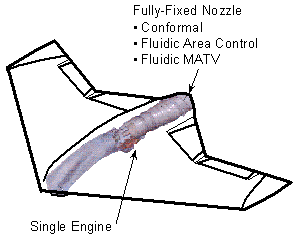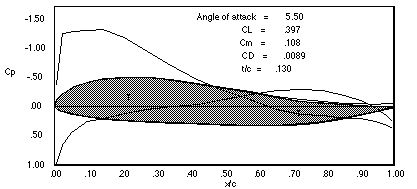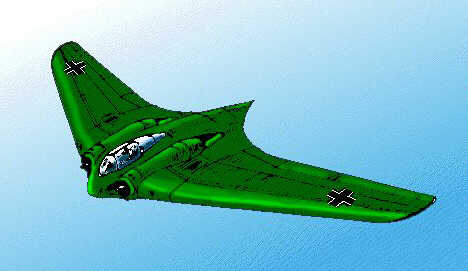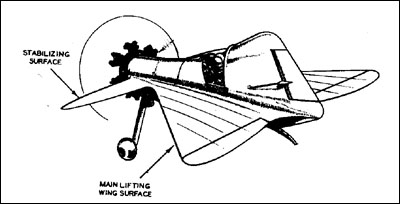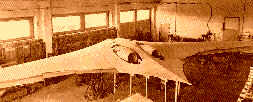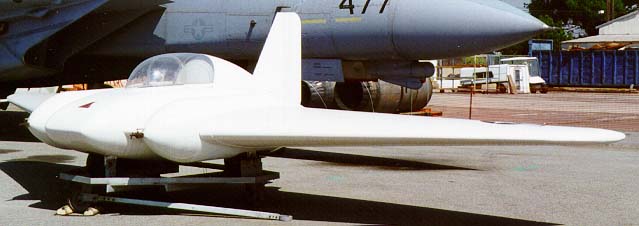
The imaginative Horten brothers, Walter and Reimar, approached the ideal of the flying wing with their own powered aircraft of the 1930s and 1940s. All of the Horten craft were innovative and were distinguished by experimental shapes and diverse control systems. Their impact on flying wing design was significant, and special consideration will be given to Horten designs of World War II in a later page.
